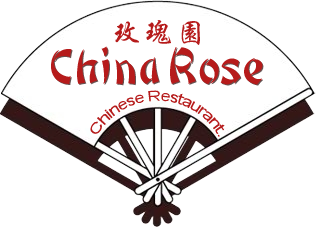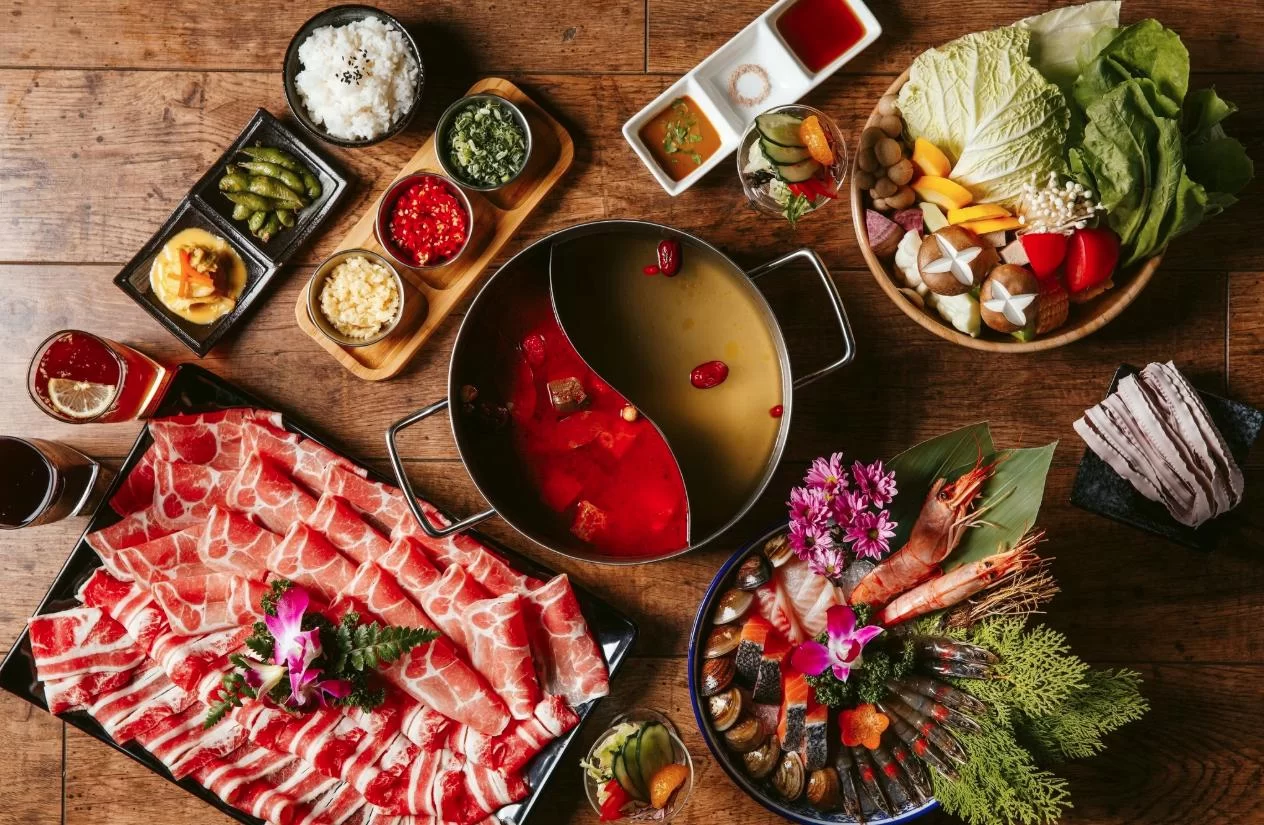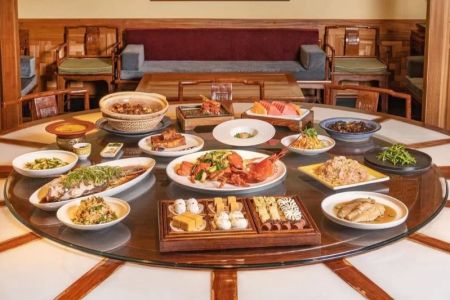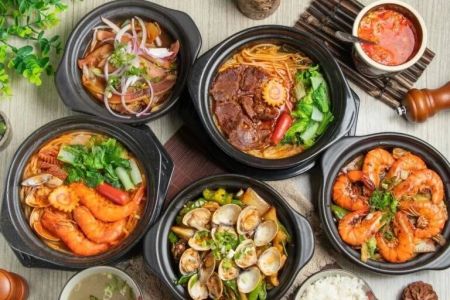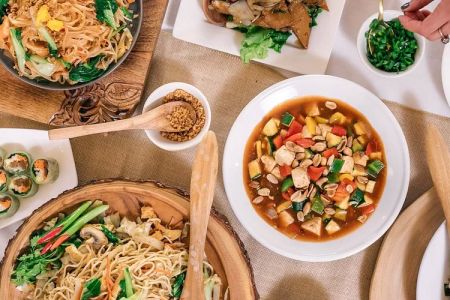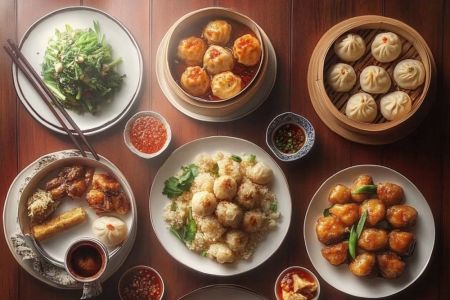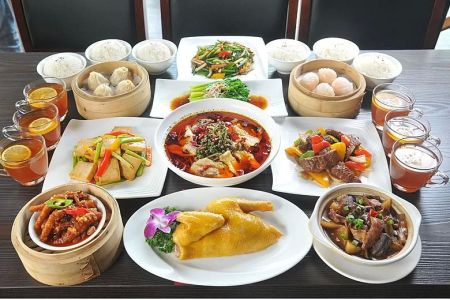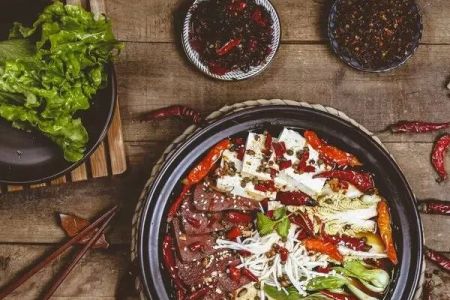Hosting the Ultimate Chinese Food Party: Tips and Ideas for a Memorable Experience
When it comes to hosting a dinner party, few things are as satisfying as enjoying a variety of flavorful and aromatic dishes from Chinese cuisine. As someone who loves both food and sharing memorable experiences with friends and family, I’ve decided to host a Chinese food party at home. Not only is it a great way to explore the vibrant flavors of Chinese cooking, but it's also a fantastic way to bond with loved ones over delicious meals and unforgettable stories.
1. Planning Your Chinese Food Party
Before you get started, it’s essential to think about the scale of the event. How many people are you expecting? Are you looking to serve a mix of traditional Chinese dishes, or would you prefer to focus on one region, like Sichuan or Cantonese cuisine? I recommend narrowing down the options to make the shopping list and prep process easier. If you want to serve a range of dishes, make sure you include some appetizers, main courses, and even desserts!
Choosing Your Menu
The beauty of Chinese food is the variety. From the sweet and savory flavors of General Tso’s chicken to the spicy kick of Kung Pao chicken, there’s something for everyone. Here are a few must-try dishes to consider:
- Spring Rolls – Crispy and stuffed with vegetables or meat, these are a great way to kick off the meal.
- Mapo Tofu – A rich, spicy, and fragrant dish that’s sure to awaken the taste buds.
- Dim Sum – A variety of dumplings and buns that can be enjoyed as appetizers or part of the main course.
- Beef and Broccoli – A classic Chinese-American dish that pairs tender beef with crisp broccoli in a savory sauce.
- Fried Rice – A simple yet delicious side dish that can be customized with your choice of vegetables, meat, or seafood.
- Sweet and Sour Pork – The perfect balance of tangy sweetness and savory pork.
- Chinese Tea Eggs – A unique, flavorful snack that's a hit at any Chinese food gathering.
Dietary Preferences
Remember to account for your guests’ dietary restrictions. If you have vegetarians, vegans, or gluten-free guests, it’s always a good idea to provide options. Some Chinese dishes, such as vegetable dumplings, tofu stir-fries, or steamed fish, can easily accommodate these dietary needs without compromising flavor.
2. Preparing the Perfect Atmosphere
Creating the right ambiance for a Chinese food party can elevate the entire experience. Think about how you can bring in elements of Chinese culture to your home. Here's how I made the atmosphere unforgettable at my last Chinese food gathering:
Decorations and Table Setting
For a warm and authentic atmosphere, I decided to go with red and gold as the primary colors, as they’re commonly seen in Chinese celebrations. I used red lanterns, golden dragon figurines, and even Chinese-themed placemats to set the mood. If you’re hosting during a holiday like Chinese New Year, you can incorporate traditional decorations like lucky bamboo or paper cuttings for an extra festive touch.
Music and Entertainment
Creating the right sound environment is key. I opted for traditional Chinese instrumental music to accompany the meal. It’s subtle yet immersive. If you want to take it a step further, you could include a short movie or documentary about Chinese culture or cooking, providing some light entertainment while your guests enjoy their food.
3. Cooking the Chinese Dishes
As a home cook, I’ve learned that preparing Chinese food at home can be a bit of an art form. The key is balancing flavors and using the right techniques. Here's what I do when I get ready to cook for a Chinese food party:
Gathering Ingredients
Most of the ingredients needed for authentic Chinese dishes can be found at your local Asian supermarket. Items like soy sauce, oyster sauce, sesame oil, hoisin sauce, and rice vinegar are staples in Chinese cooking. Don’t forget about aromatics like ginger, garlic, and green onions, which form the foundation of many dishes. If you're unable to find a particular ingredient, don’t worry! There are usually substitutions available, like using tamari sauce instead of soy sauce or trying another type of vinegar.
Cooking Techniques
One of the most important techniques in Chinese cooking is stir-frying. The high heat and quick cooking method allow you to preserve the freshness of the ingredients. I always recommend having all your ingredients prepped and ready to go before you start cooking—this is called “mise en place.” It allows you to focus on cooking rather than scrambling to chop veggies while the pan is sizzling!
Steaming is another popular technique, especially for dim sum or fish dishes. It’s a simple and healthy way to prepare food, and it helps retain moisture and flavor. And don’t forget about deep-frying—whether you're making crispy spring rolls or a batch of sweet and sour pork, deep-frying adds a delightful crunch to the dishes.
Timing Your Dishes
Timing is crucial when serving a Chinese meal. I usually cook dishes in batches, starting with the appetizers and ending with the main courses. If you want to ensure everything is hot and fresh when your guests arrive, consider using a slow cooker or warming trays for dishes that need to be kept warm.
4. Serving and Enjoying the Meal
When the cooking is done and everything is ready to go, it’s time to serve. A traditional Chinese meal is often served family-style, where large plates of food are placed in the center of the table for everyone to share. I encourage guests to take their time, try a little bit of everything, and enjoy the conversation.
Pairing Drinks
For drinks, I suggest serving Chinese tea like jasmine or oolong, which complement the flavors of the meal. If your guests prefer something stronger, a bottle of cold Chinese beer or even some plum wine would be a great addition to the meal.
Sharing the Experience
One of my favorite things about hosting a Chinese food party is the communal experience. As the meal progresses, conversations flow, and laughter fills the room. You’ll be amazed at how food brings people together. It’s an opportunity not only to indulge in delicious flavors but also to share stories and create memories with those you care about.
5. After the Meal: The Sweet Ending
No Chinese meal is complete without a little something sweet to end the night. You could serve traditional Chinese desserts like sesame balls filled with red bean paste or almond cookies. For something simple, fortune cookies are always a fun way to wrap up the evening with a bit of mystery and surprise.
After everyone has left, I always feel a sense of accomplishment. Hosting a Chinese food party is not only about preparing great food; it’s about creating an unforgettable experience. From choosing the right dishes to curating the perfect atmosphere and enjoying the meal with friends, it’s an experience worth repeating.
